Sagrada Família © Wikicommons
The Basílica de la Sagrada Família epitomises the essence of Barcelona while aspiring towards the heights. Conceived by the architectural prodigy Antoni Gaudí, this basilica serves not merely as a site of prayer but as a dynamic, changing testament to faith, artistry, nature, and innovation. Over a century after its cornerstone was placed in 1882, the Sagrada Família continues to be under construction, symbolising the perpetual quest for beauty and transcendence.
Standing before the Sagrada Família evokes an indescribable sense of wonder. Its intricate spires ascend like heavenly guardians, while its façade are adorned with religious symbolism and organic shapes. Within, it immerses guests in a forest of stone, colour, and illumination. The allure of this location beyond its design; it embodies human tenacity, the potency of vision, and the collective aspiration to forge something lasting.
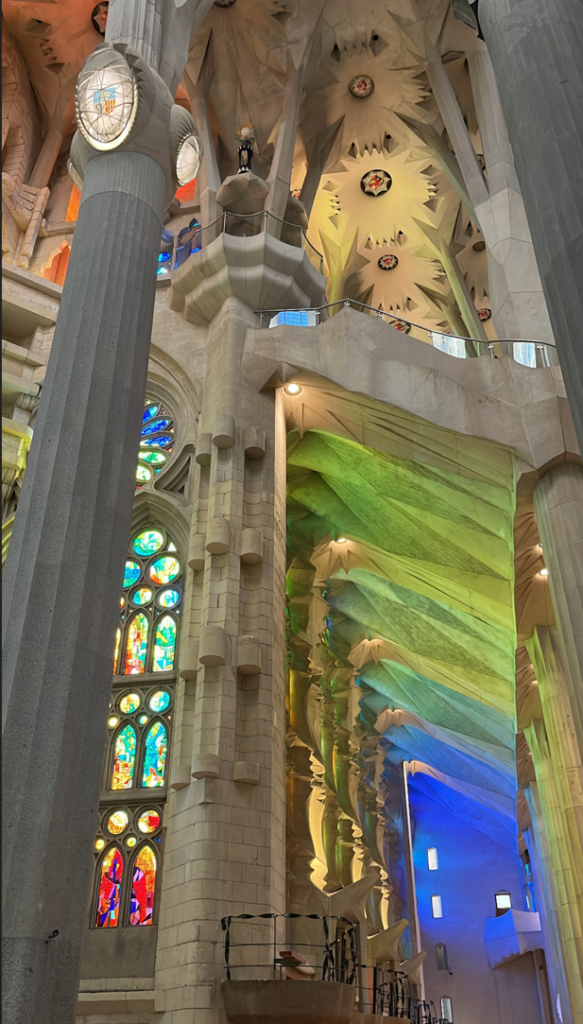
| The Genesis of an Icon
Upon its groundbreaking in 1882, the Sagrada Família was conceived as a traditional neo-Gothic church. One year later, Antoni Gaudí assumed control
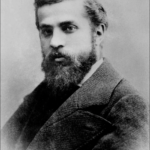
of the project and fundamentally reinterpreted it. He amalgamated Gothic traditions with Art Nouveau embellishments and a profound respect for the forms and proportions of nature. His plan was very groundbreaking.
Gaudí conceptualised 18 spires: twelve symbolising the apostles, four for the evangelists, one for the Virgin Mary, and the tallest—measuring an impressive 172.5 meters—dedicated to Jesus Christ. His design integrated mathematics, spirituality, and organic inspiration, employing hyperboloids, paraboloids, and catenary arches to replicate natural harmony.
Although Gaudí dedicated the last 43 years of his life on the Sagrada Família, with the final 15 years almost entirely focused on it, he passed away in 1926, leaving behind intricate models, designs, and visionaries to advance his vision.
| A Sanctuary of Symbolism and Illumination
Each of the basilica’s three majestic facades narrates a unique episode of Christ’s life. The Nativity Façade, finished during Gaudí’s lifetime, is a celebration of existence, replete with vegetation, wildlife, angels, and the Holy Family. Conversely, the Passion Façade, characterised by its austere lines and evocative figures crafted by sculptor Josep Maria Subirachs, addresses the harsh realities of pain and mortality.
The Glory Façade, presently under construction, will be the largest and most magnificent, illustrating the way to salvation. Upon completion, it will function as the principal entrance of the basilica.
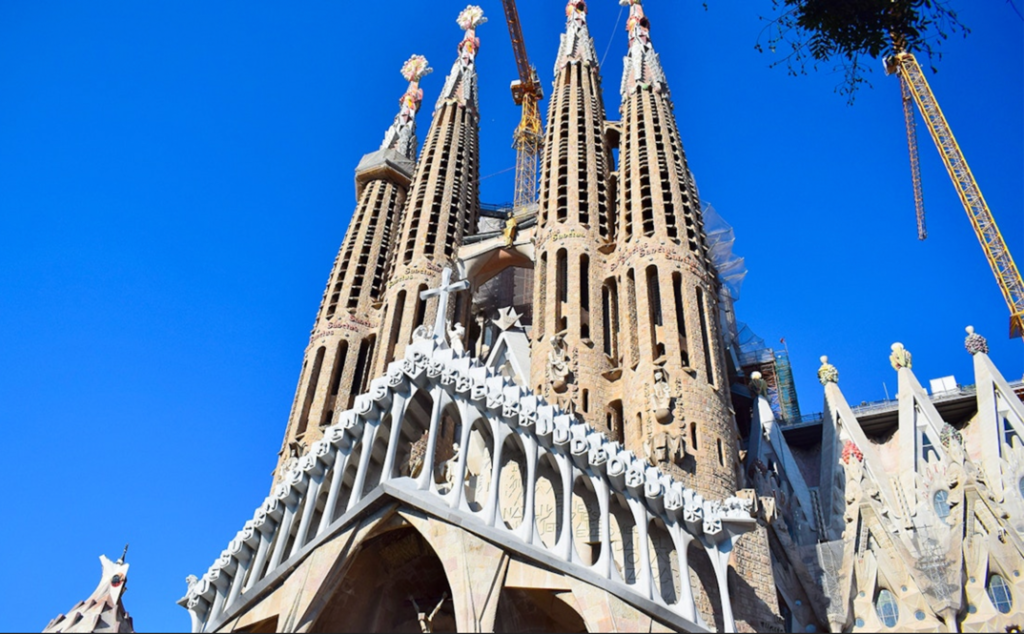
The nave resembles a forest, with towering columns spreading like trees, directing the gaze upward in a natural expression of awe. Stained-glass windows refract sunlight into a spectrum of colours that evolves throughout the day, producing a radiant cadence of time and essence.
Gaudí characterised the basilica as “a temple created by the people for the people.” It is imbued with accessible beauty, profound depth, and a narrative language comprehensible to both believers and non-believers.
| The Pursuit of a Vision
Numerous individuals enquire: why remains the Sagrada Família incomplete? Gaudí was aware that he would not witness its completion. His renowned philosophical response: “My client is not in haste.”
The project has endured conflict, political instability, and economic difficulties. The Spanish Civil War resulted in the destruction of a significant portion of Gaudí’s workshop. For decades, growth was gradual, supported by private contributions and the dedication of architects, artisans, and volunteers.
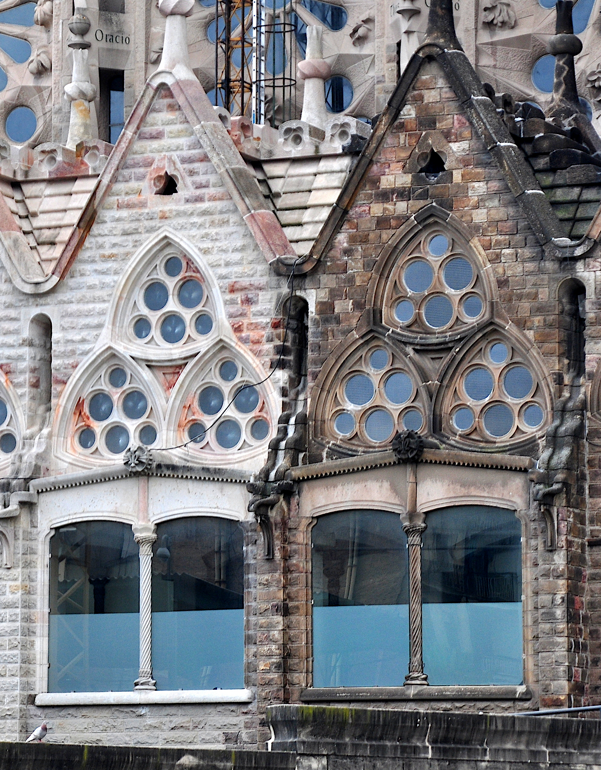
In recent years, digital technology has transformed the construction process. Due to 3D modelling, laser scanning, and sophisticated materials, the basilica has expanded more rapidly in the last two decades than in the preceding century.
The project aimed for completion by 2026 to commemorate the centennial of Gaudí’s demise. Nonetheless, difficulties attributable to the COVID-19 epidemic have postponed that date, and a revised timeframe is currently under evaluation. The basilica is nearing completion, with the central towers ascending in accordance with Gaudí’s original design.
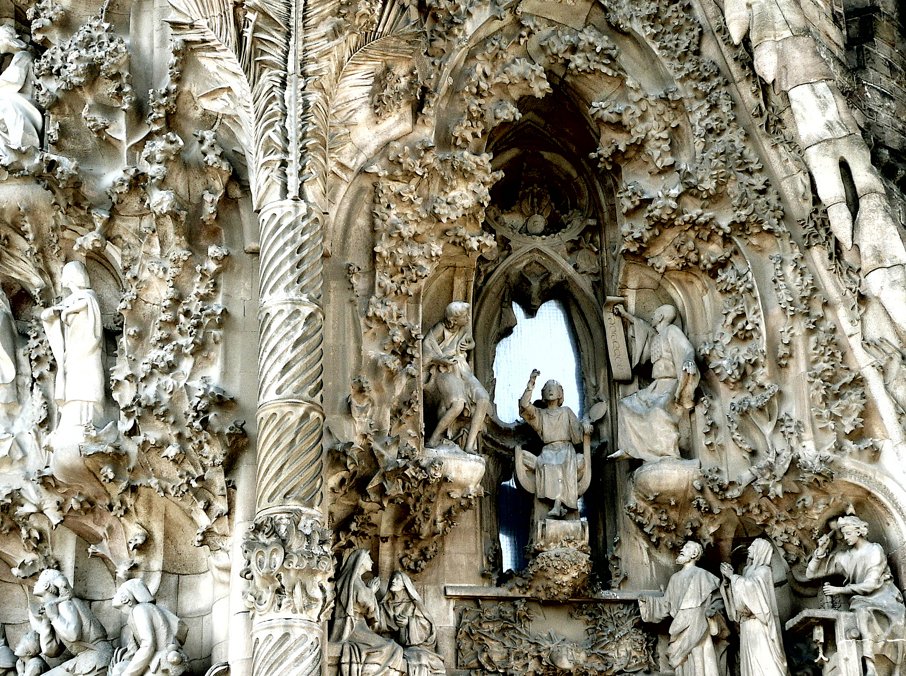
| A Comprehensive Guide to Visiting the Sagrada Família
Whether you are a novice traveler to Barcelona or a returning enthusiast, a visit to the Sagrada Família is an indelible experience. Presented below are few pragmatic suggestions:
Advance Reservation: Tickets frequently become unavailable, particularly during peak season. Reserve online well ahead of time to ensure your desired time window.
The optimal times for visitation are early morning or late afternoon, as these periods provide superior lighting and reduced people. The stained glass is especially stunning during these hours.
Guided Tours: A guided experience, whether in-person or audio, elucidates the meaning and intricacies of Gaudí’s design.
Tower Access: To obtain magnificent vistas of Barcelona, contemplate reserving a tower visit. Access entails small stairways and may be inappropriate for individuals with mobility impairments.
Honour the Space: Although a prominent tourist destination, the Sagrada Família continues to serve as an active site of prayer. Attire oneself modestly and exhibit courteous conduct.
Beyond the Basilica: Gaudí’s Barcelona
The Sagrada Família is the premier attraction, although it is not the sole Gaudí landmark in Barcelona. Your visit may transform into an extensive pilgrimage via the city’s architectural marvels:
Park Güell: An imaginative park embellished with mosaics, serpentine benches, and eccentric buildings, providing exceptional vistas of the city.
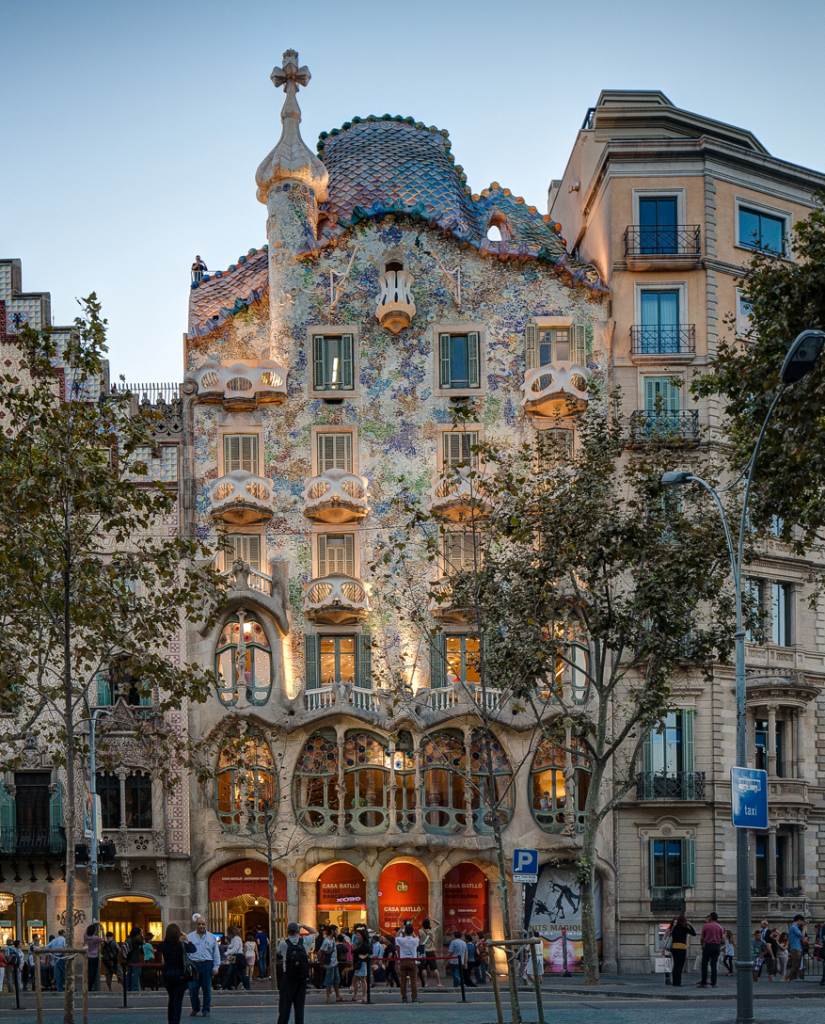
Casa Batlló: An extraordinary dwelling influenced by aquatic organisms, characterised by sinuous forms, vivid hues, and creative intricacies.
La Pedrera (Casa Milà): A modernist masterpiece featuring an undulating stone façade and an ethereal rooftop, exemplifying Gaudí’s inventive essence.
Collectively, these sites narrate the tale of an architect who perceived buildings not merely as static structures but as dynamic entities, imbued with form, function, and purpose.
| A Heritage Etched in Stone
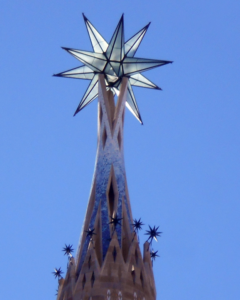
Antoni Gaudí was beatified by the Catholic Church in 2003 and may eventually be canonised as a saint. His sainthood is already etched in stone. The Sagrada Família is a testament to faith: faith in God, in beauty, and in the limitless capacity of human creativity.
For others, the concept of an incomplete church may appear impractical. For others, it symbolises hope—a perpetual quest for the divine within the ordinary, the eternal amidst the transient.
| Concluding Reflections: Reasons for Participation
One need not be religious to be affected by the Sagrada Família. It constitutes a spiritual experience in the most comprehensive sense. It encourages you to elevate your gaze, to contemplate profoundly, and to experience a connection to a greater entity beyond your individual existence.
In a day of ephemeral fads and disposable culture, the Sagrada Família serves as a juxtaposition: a masterpiece that requires generations for completion, where each stone is meticulously placed with reverence and every detail conveys a transcendent purpose.
The Sagrada Família is not simply a structure. It is an invitation to marvel.

